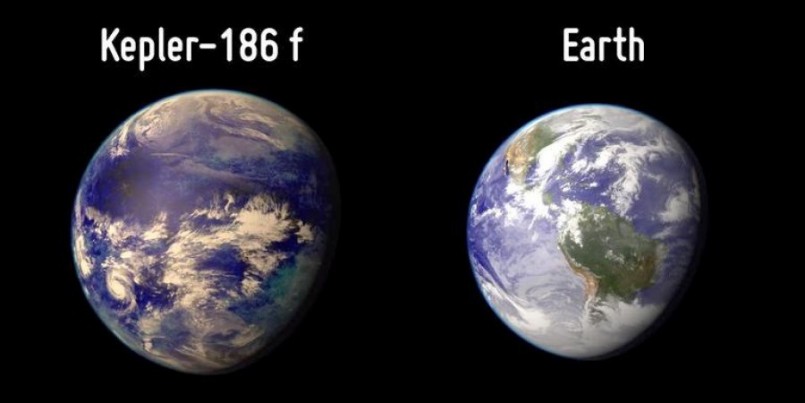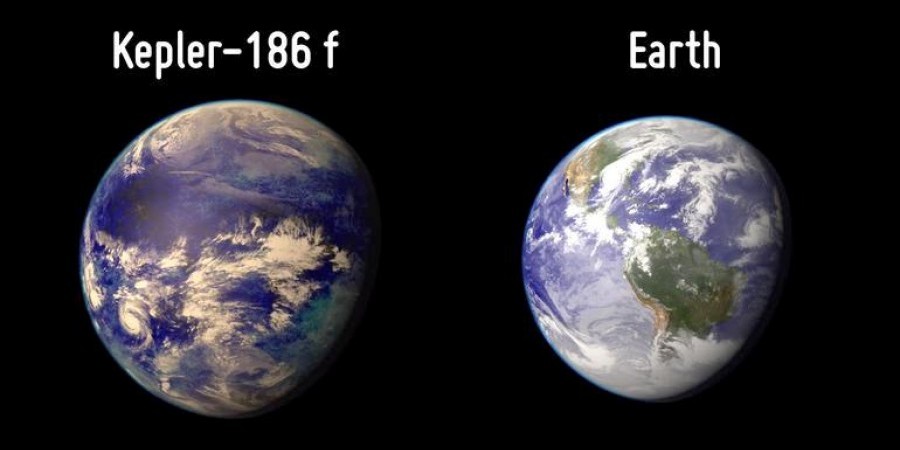
Back in March 2009, NASA successfully launched the Kepler space telescope into orbit above the Earth with one simple objective — to discover planets similar to ours orbiting other stars in the Milky Way. It’s safe to say the project has been a success, with over 1,000 confirmed exoplanets (a term used to describe planets that orbit a star other than our Sun) discovered as of January 2015. But that was just for starters.
In a recent paper published in The Astrophysical Journal, a team of researchers from NASA and an assortment of academic institutions announced the discovery of yet another 1,284 such exoplanets. Almost 550 of these new planets are thought to be rocky, like Earth, and nine are in what’s known as a circumstellar habitable zone (CHZ), or “Goldilocks zone” — a range of orbits around a star within which liquid water can exist on a planet with the right atmospheric pressure. Put simply, it means they could potentially host life.
This incredible discovery has more than doubled the number of Earth-like planets found by the Kepler telescope in our galaxy, and has done so almost overnight. The telescope monitors thousands of stars over long periods of time, looking for minute dips in brightness that might indicate a transiting planet. Confirming these planets has previously been a laborious process, but now researchers have developed a new method of statistical analysis that can be used to assess large numbers of potential planets at once. It’s a major leap forward from the older method of assessing planets one-by-one.
“Planet candidates can be thought of like bread crumbs,” said Timothy Morton, associate research scholar at Princeton University in New Jersey and lead author of the paper, in a NASA press release. “If you drop a few large crumbs on the floor, you can pick them up one by one. But, if you spill a whole bag of tiny crumbs, you’re going to need a broom. This statistical analysis is our broom.”
The team applied this new method of analysis to the Kepler telescope’s July 2015 catalog of over 4,000 candidate planets. For 1,284 of these, the researchers found the probability of being a planet to be greater than 99 percent — the minimum required for a candidate to be officially considered a planet. It brings the total number of verified exoplanets to over 3,200 (and the total number of potentially life-supporting planets within a CHZ to 21), with the Kepler telescope alone responsible for almost three quarters of these discoveries.
“Before the Kepler space telescope launched, we did not know whether exoplanets were rare or common in the galaxy. Thanks to Kepler and the research community, we now know there could be more planets than stars,” said Paul Hertz, Astrophysics Division director at NASA Headquarters. “This knowledge informs the future missions that are needed to take us ever-closer to finding out whether we are alone in the universe.”
Q: Do you think there might be life on one of these exoplanets, or are we just a fluke? Share your thoughts in the comments below.



